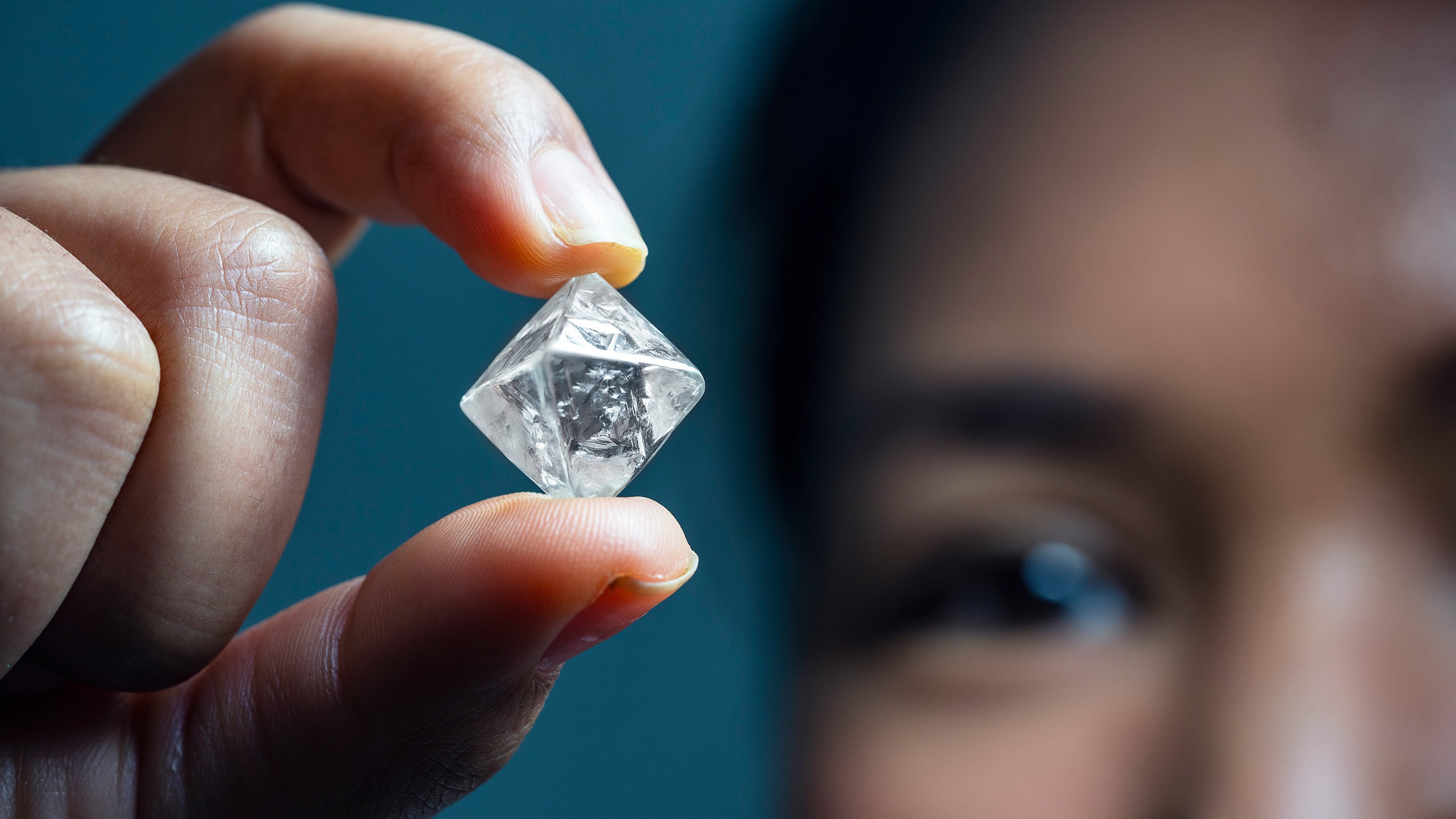Diamonds are celebrated for their brilliance and allure, but what exactly does “cut” mean when we talk about diamonds? The cut of a diamond refers to more than just its shape; it encompasses a complex set of factors that determine its beauty and value. In this article, we delve into the intricacies of diamond cuts, explore why they matter, and guide you through choosing the perfect diamond cut for your needs.
Understanding Diamond Cut
At its core, the term “cut” in diamonds refers to the craftsmanship and precision with which a rough diamond is transformed into a polished gemstone. It involves three primary components: proportions, symmetry, and polish. Diamond cut is not to be confused with diamond shape, which refers to the outline or external form of the stone.
Proportions play a critical role in how light interacts with the diamond. The angles and dimensions relative to one another determine how effectively light is reflected and refracted within the stone, contributing to its brilliance and fire.
Types of Diamond Cuts
Diamonds come in various cuts, what does cut diamond mean, each with its own unique characteristics and appeal. The round brilliant cut is the most popular due to its ability to maximize sparkle and brilliance. Other popular cuts include the princess cut, which is square or rectangular with pointed corners, and the emerald cut, known for its elegance and clarity.
Why Diamond Cut Matters
The quality of a diamond’s cut directly impacts its beauty and value. A well-cut diamond reflects light internally from one mirror-like facet to another and then disperses it through the top of the stone. This phenomenon creates sparkle and brilliance, making the diamond more visually appealing.
Factors Affecting Diamond Cut Quality
Achieving the perfect diamond cut involves precise calculations and craftsmanship. The ideal cut proportions vary slightly depending on the shape of the diamond but generally aim to maximize light performance. Symmetry ensures that facets are aligned correctly, enhancing the diamond’s brilliance. Meanwhile, polish refers to the smoothness of the diamond’s surface, which affects how well it reflects light.
Grading Systems for Diamond Cuts
The Gemological Institute of America (GIA) developed a universally accepted grading system for diamond cuts, assessing them based on factors like brightness, fire, and scintillation. Other reputable grading systems include those by the American Gem Society (AGS) and the International Gemological Institute (IGI), each offering nuanced evaluations of diamond cuts.
Choosing the Right Diamond Cut
Selecting the perfect diamond cut involves considering personal preferences and the occasion for which the diamond will be worn. Round brilliant cuts are timeless and versatile, lab created diamonds, suitable for various settings. Fancy cuts like hearts or marquises offer distinctiveness but may appeal to specific tastes or styles.
The Evolution of Diamond Cutting
Diamond cutting has evolved significantly over centuries, from rudimentary techniques to advanced technologies that enhance precision and maximize light performance. Historical advancements in diamond cutting techniques have paved the way for today’s exquisite craftsmanship and innovation.
Conclusion
In conclusion, the term “cut” in diamonds encompasses the craftsmanship and precision involved in shaping a rough stone into a dazzling gem. Understanding diamond cuts empowers buyers to appreciate the intricacies that contribute to a diamond’s brilliance and value. Whether choosing a classic round brilliant cut or a unique fancy cut, the right diamond cut enhances the stone’s beauty and ensures it sparkles for generations to come.


